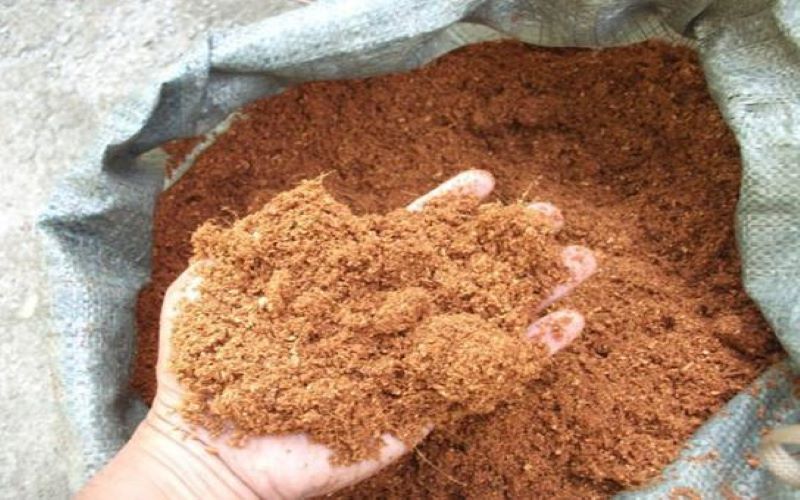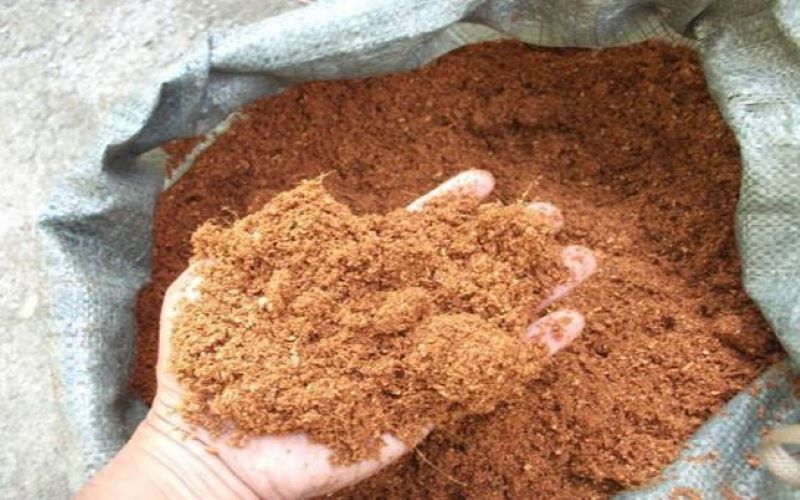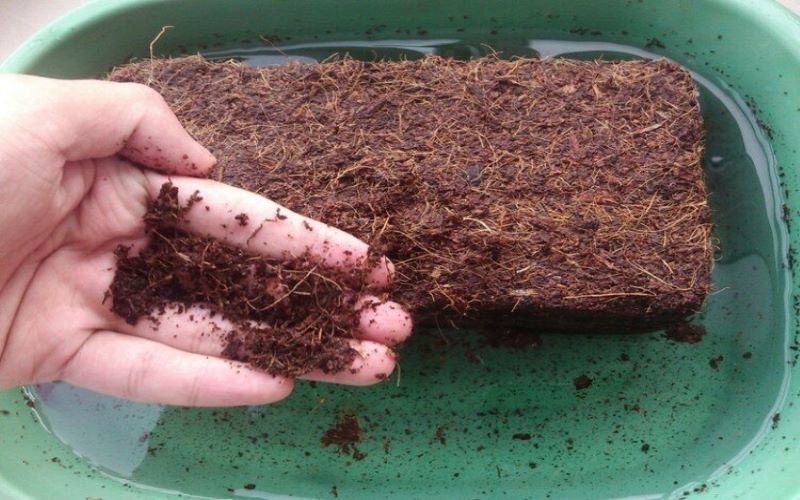What is coco coir substrate? The recipe to make coco coir substrate
What is coco coir substrate? The recipe to make coco coir substrate

Perhaps, many farmers are not too strange to the word “coco coir substrate” when mentioning the coco coir products. However, there are still a great deal of people who may find it very strange. So what is coir substrate? What is its recipe? Let Tropicoco show you through the following article.
What is coco coir substrate?

We often harvest the coconut in 45-day cycles. Then we separate the husks from the nuts which people consume as food. We often use the husks to produce growing substrates. The husk fiber is spun into a number of textured yarns. These yarns will produce a variety of products, such as the colorful woven floor mats.
Coco coir substrate: the recipe
To get use of the most out of your coco coir, you should start from scratch. Creating a coco coir substrate can be a complex process, which is why many people choose to purchase the coco coir from stores.
Step 1: Get some necessary supplies to create coco coir substrate
The first step is to get some necessary supplies including: 6 coconuts, a large mixing bowl, tap water (or pure water), coconut husk removal tool, old newspapers, rubber gloves, an electric mixer (or a blender), a sifter, small or medium bowls with lid, a wooden spoon (or a non-stick spatula).
Step 2: Remove the husk from the coconuts

When you have finished removing the husks from coconuts, you will need to begin the separation process. This is also a messy and time-consuming process. You just spend time to avoid any potential mishap or a lot of waste.
If you are using a hand mixer, you need to put the separated coconut husks into a large mixing bowl. You need to fill your mixing bowl in the third quarter. Remember not to overfill because the blender or mixer blades need a little bit of space. Then you turn your mixer slowly and mix until the husks turn into powder. You can also remove the blender’s lid and stir the mixture to ensure the best consequences – a fine powder. You can repeat this process several times, which depends on the number of your coconut husks. You may use a sifter (or a strainer) to separate the loose coir pieces from the fine powder.
Step 3: Mix with tap water

If you add too much tap water, please do not worry because there is an easy solution. You need to put a plate on top of your mixing bowl, leaving only a small opening to allow the tap water to flow freely. You must try to contain as much of the coco coir powder as possible to discharge waste.
Then, you can prepare the coco coir for use or storage. If you want to store your fresh coco coir substrate, you will need to transfer it from the mixing bowl to the storage containers. There are many ways to finish this process.
First, you can use your own hands. If you decide to do this thing, you need to be sure to wear gloves to avoid any contamination to the coco coir substrate when transfering. You can also use a wooden spoon to complete this process. Finally, you must pack the coco coir into the storage bowls tightly, seal and put it in a cool and dry area until you are ready to use it.
Conclusion
The article above has shown you the coco coir substrate and the recipe to create it. Coco coir substrate is a totally natural growing media and does not harm the environment. The recipe to create it is pretty simple, but needs a lot of tools. Therefore, you can buy the high-quality created coir substrate from some trustworthy suppliers to save time and effort. If you do, please contact Tropicoco right now.
Contact information
Tropicoco – The best substrate
Address: No.20 Ngan Long Villa, Nguyen Huu Tho street, Nha Be dist, Ho Chi Minh City
Email: giathe@tropical.vn
Hotline: +84 983230879
Open Hours: Mon-Sat: 8.00AM-5.00PM; Sunday: Closed

